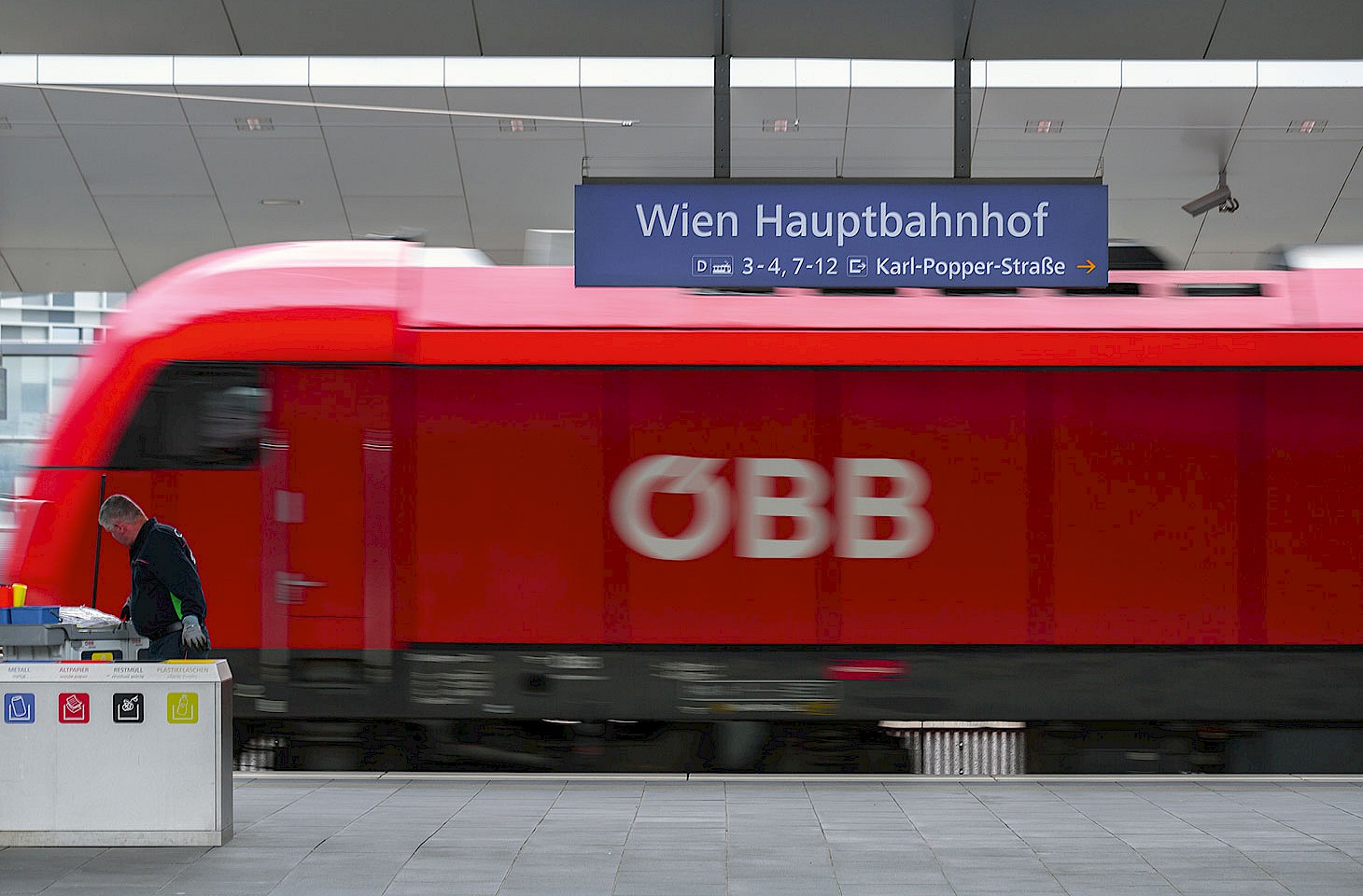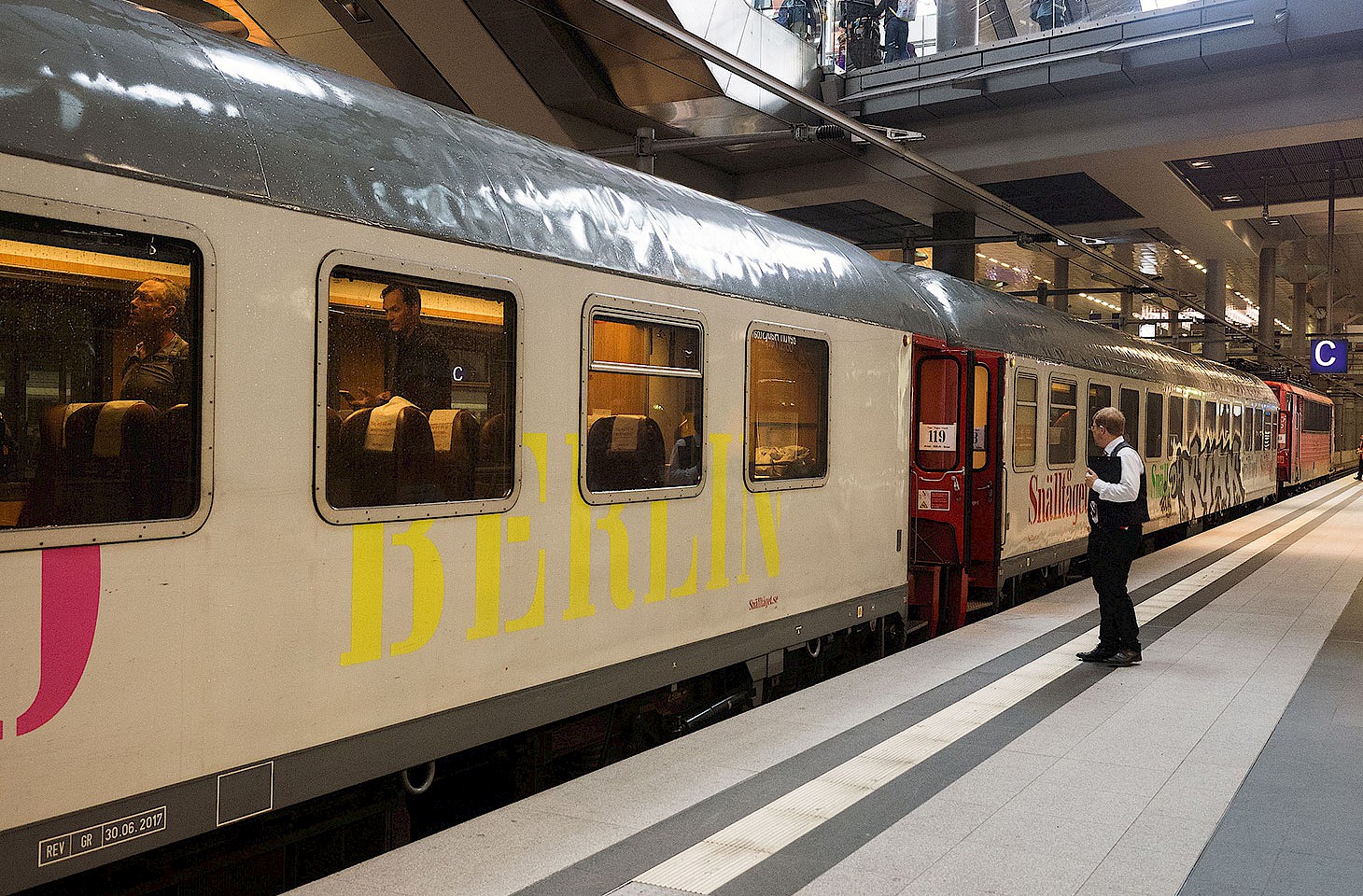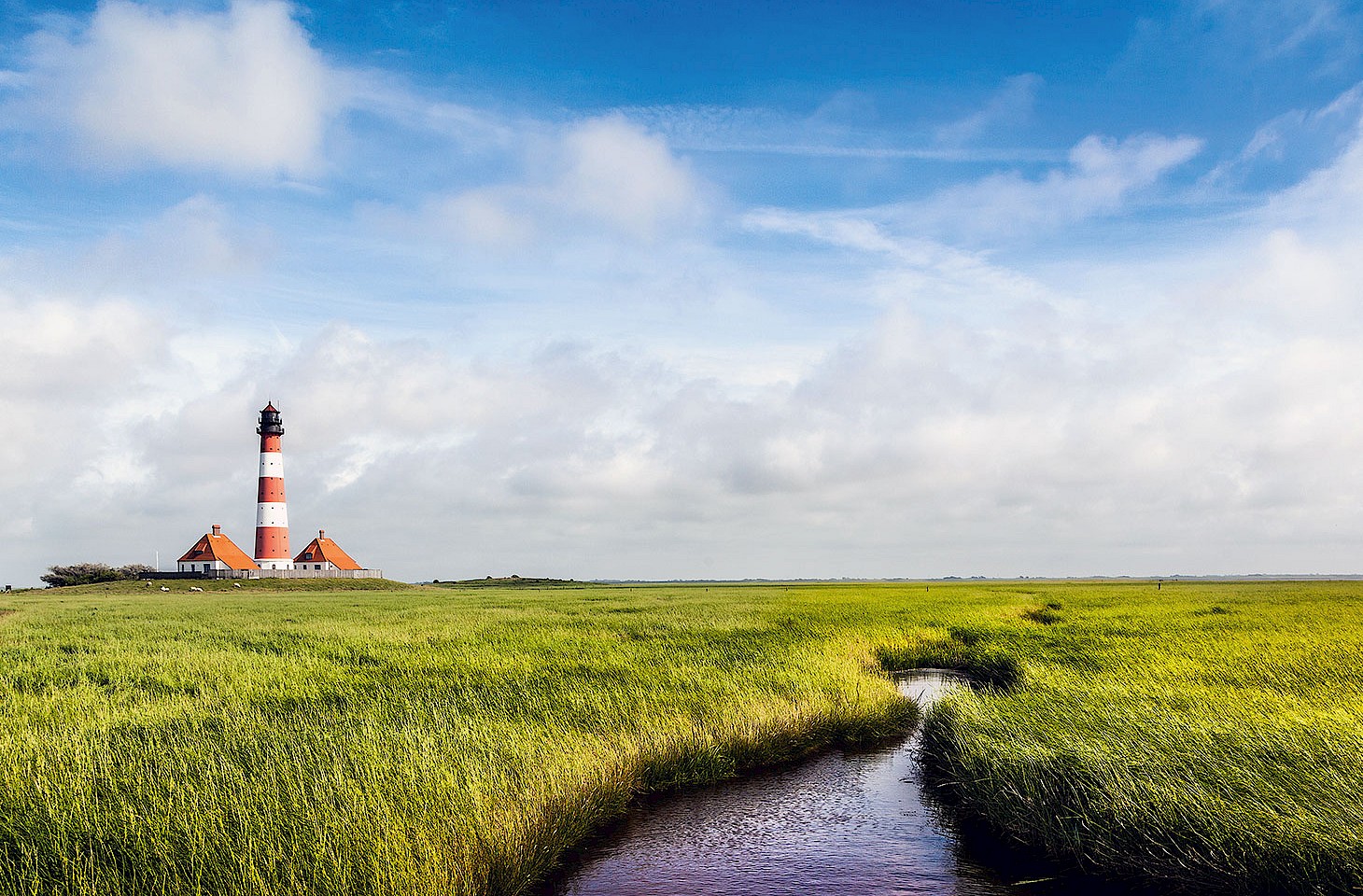Dear fellow travellers
The villages and small towns that lie on either side of the border between Bavaria and Bohemia host a bevy of festivals at this time of year. In Furth im Wald, on the German side of the border, the townsfolk tussle daily with a dragon. For a ten day spell, culminating today, the unruly dragon roams the streets of Furth. And every day it is slain.
The first town over the hills, on the Czech side of the border, is Domazlice. Just twenty minutes on the steam trains that this weekend shuttle between Furth and Domazlice. The Czech town has a fabulous elongated main square that during these festive days is filled with folksy performances: singers and dancers, bagpipes and brass bands aplenty. The Feast of St Laurence (on 10 August) is the cue for the annual festival in Domazlice, and the annual frolics reach their apotheosis today.
We have been exploring the forested borderlands between Bavaria and Bohemia these past days. It is remarkable how much things have changed in this area over the last twenty years. For decades this was a difficult border, a typical Iron Curtain frontier with little everyday contact between communities on either side of the border. The political reshaping of Europe has changed all that, and nowadays travellers can cross between Bavaria and Bohemia without even needing to show a passport.
Bayerisch Eisenstein
The railway station at Bayerisch Eisenstein is a nice symbol of the new order. During the Cold War years, this train station was a curious sight, for the fierce border that divided Europe bisected the train station. The northern half of the station buildings and the platforms lay in Czechoslovakia while the southern half were in West Germany. After years of sleepy isolation, the platforms at Bayerisch Eisenstein are back in business with passengers using the station to connect between the German and Czech rail networks.
Opening borders creates winners and losers. For decades Bayerisch Eisenstein was a community that made a decent living from its peculiar location right by the Iron Curtain. There was good hiking and winter sport facilities and visitors from western Europe enjoyed the frisson of peering through barbed wire to see the Czechoslovak guards who patrolled the borders of a different world.
But fewer travellers now stop at Bayerisch Eisenstein. Just over the border in Bohemia are ski resorts such as Spicak, and cheap fuel, alcohol and cigarettes tempt Germans to the Czech Republic. Shops in Bayerisch Eisenstein have empty shelves. Axel Grubmüller, owner of the restaurant at the Bavarian end of the railway station, has certainly not had an easy time. "The ultimate dumpling experience," proclaims a menu outside the restaurant - telling of dishes with dumplings from Bavaria, Bohemia and Austria. But the restaurant is barred and shuttered. Closed for renovation, they say, but who knows if it will ever really reopen. Meanwhile, at the Czech end of the same railway platform, the Alzbetin restaurant is doing a roaring trade, with good Czech beer and wholesome food at prices way below those on offer in the adjacent Bavarian community.
Nicky Gardner and Susanne Kries
(editors, hidden europe)




